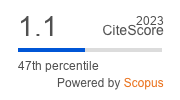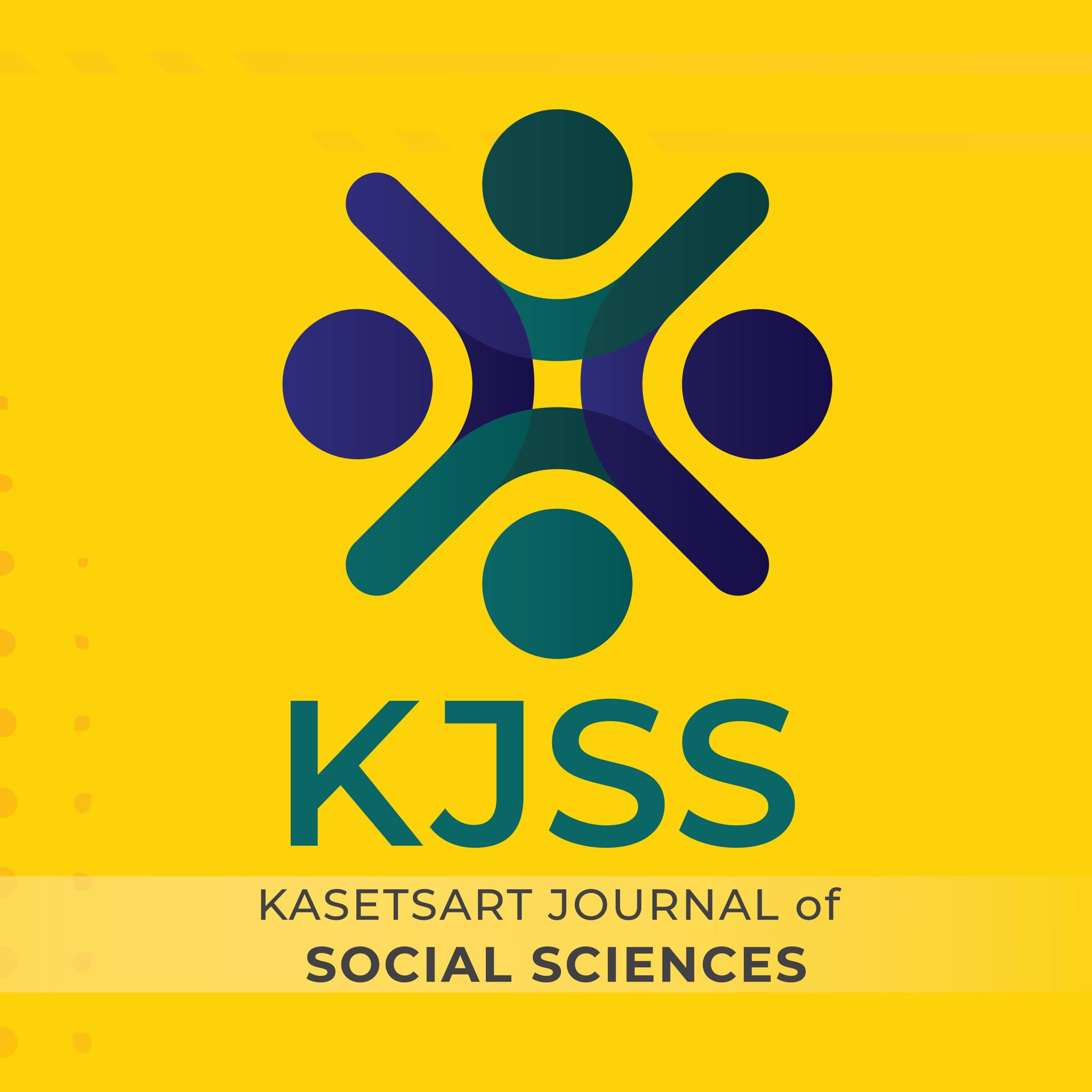Community engagement to PM 2.5 in Thailand: A case study of Khon Kaen Province
Keywords:
case study, community engagement, participatory public policy process (4P), Particulate Matter (PM2.5), public policyAbstract
The objective of this study was to investigate the model of the participatory public policy process for regulating Particulate Matter (PM 2.5) policy at the local level, using Khon Kaen Province as a case study. The qualitative research was employed, including a literature review and an in-depth interview. Fifteen key informants participated in the study, and another fifteen persons contributed to the focus group discussion, all whom were significant stakeholders selected by the criteria. The findings indicated a five-step participatory public policy process (4P) for managing PM 2.5, which involved (1) policy formation, (2) policy formulation, (3) policy implementation, (4) policy evaluation, and (5) policy continuation, termination, and replacement. The engaging in those implemented 4P gained community collective lessons learned by a collaborative learning mechanism for the network’s and the public’s success. Additionally, policies were reviewed and altered to reflect the local environment, having a clear coordination mechanism acknowledged by the network, a factor encouraging involvement in the network’s public policy process. The collaborating process created a network structure cultivating partnerships and developing the network to other advanced policies. Organizing of learning process, network knowledge sharing, and network communication to continue keeping network active were encompassed. It was confirmed that 4P of Khon Kaen PM 2.5 model took into account a social policy process, social capital, and knowledge. It was an important social tool for creating participation among government agencies, private sector, and the public sector in the management of PM 2.5. This knowledge could apply in creating multispectral engagement for multifactorial challenges.
Downloads
Published
How to Cite
Issue
Section
License
Copyright (c) 2025 Kasetsart UniversityThis is an open access article under the CC BY-NC-ND license http://creativecommons.org/licenses/by-nc-nd/4.0/








